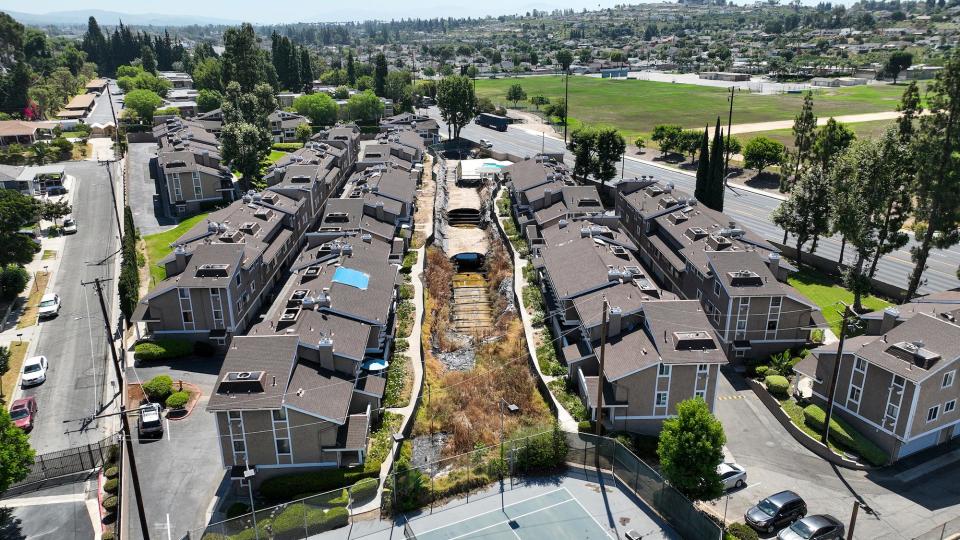A Harvard study shows just how hard it is for renters to buy a home today
Buying a home has become a pipe dream for millions of Americans, a Harvard University study shows.
It found the monthly payment for a median-priced home after taxes and insurance is about $3,100.
Just 6% of renters earn the $120,000 required to afford that payment and can cover buying costs.
Owning a home is quickly morphing from part of the American dream to an unattainable fantasy, as housing costs spiral beyond the reach of millions of people.
The median US home sold for 3.2 times the median household income in the 1990s. That ratio jumped to 4.1 in 2019, then 5.1 in 2022, and remained around that level last year.
The multiple exceeds 9 and approaches 12 in the hottest markets, rendering them "impossibly unaffordable," per a recent study.
Meanwhile, the monthly payment for a median-priced home after taxes and insurance has hit about $3,100, the highest level in more than three decades. That's according to "The State of the Nation's Housing 2024" report published by Harvard University this week.
Affording a payment of that size requires a household income of at least $120,000 a year, assuming a 3.5% downpayment and no more than 31% of income is spent on housing, the report said. Adjusted for inflation, that number was $82,000 in the first quarter of 2021.
Only 6.6 million — fewer than 15% — of the 45 million renter households in the US make enough to afford the median payment. That's down from 10.2 million in 2022.
Assume the household needs sufficient cash to make a 3.5% downpayment and cover 3% closing costs, and only 2.6 million or a dismal 5.8% of renter households make the cut, the report's authors calculated using data from the Survey of Consumer Finances.
The Harvard study also found that households must earn at least $100,000 to afford the median-priced home in 48% of all metro areas, up from 11% in the first quarter of 2021.

Cocktail of challenges
Buying a house has become so expensive partly because prices have soared: the median home cost almost $390,000 last quarter. The report noted that prices have jumped by about 50% since early 2020, and have more than doubled since 2010, to reach record highs this year.
Fewer houses are being listed for sale as well, pushing up prices. Only 1.11 million homes were on the market in March, down 34% from March 2019. Inventory also shrank in 94 of the 100 largest metro areas last quarter, with an average decline of 42% from 2019.
The slump contributed to the sale of only 4.1 million existing homes last year — the lowest figure in nearly 30 years and a 33% decline from 2021, the report found.
Experts have cited years of low interest rates and government stimulus programs during and after the pandemic as major drivers of house-price growth.
The Federal Reserve has also raised interest rates to curb historic levels of inflation, which has driven mortgage rates to two-decade highs and discouraged those who've locked in cheaper rates from selling. The combination of rising prices and more expensive mortgages has fueled an affordability crisis.
At the same time, households are paying higher prices for basics like food and fuel, and shelling out more each month to cover their credit cards, car loans, and other debts. Throw in rising insurance premiums and property taxes, and it's clear that both homeowners and renters face challenges.
Indeed, the Harvard study found that 23% of homeowner households were "stretched worryingly thin," and more than a quarter of renters were paying at least half their incomes toward housing and utilities in 2022. The brutal burden of housing costs has also left the lowest earners with only a few hundred dollars a month to get by.
Many homeowners are seeing their incomes squeezed by steeper prices and interest payments, and many renters have given up on buying a home. These new numbers help to quantify the scale and severity of those challenges and put them in sharp relief.
Read the original article on Business Insider


